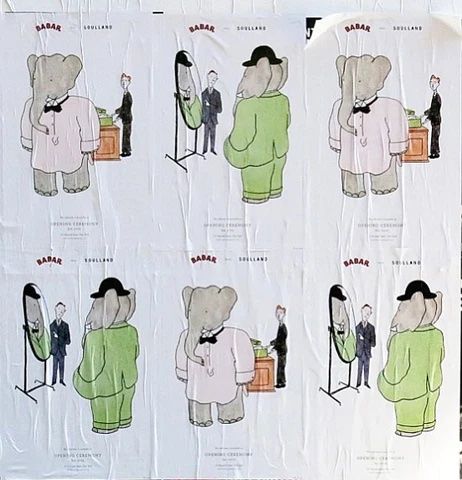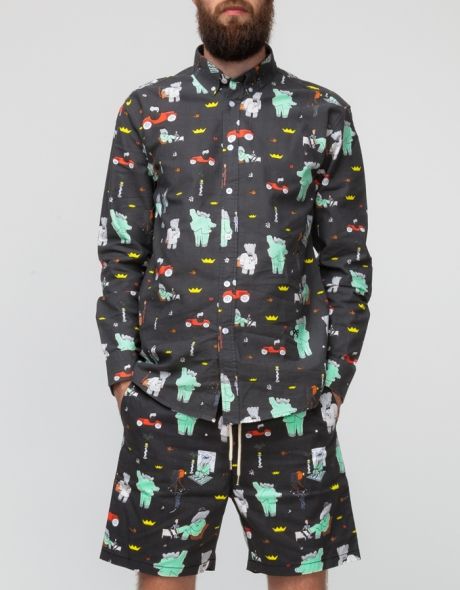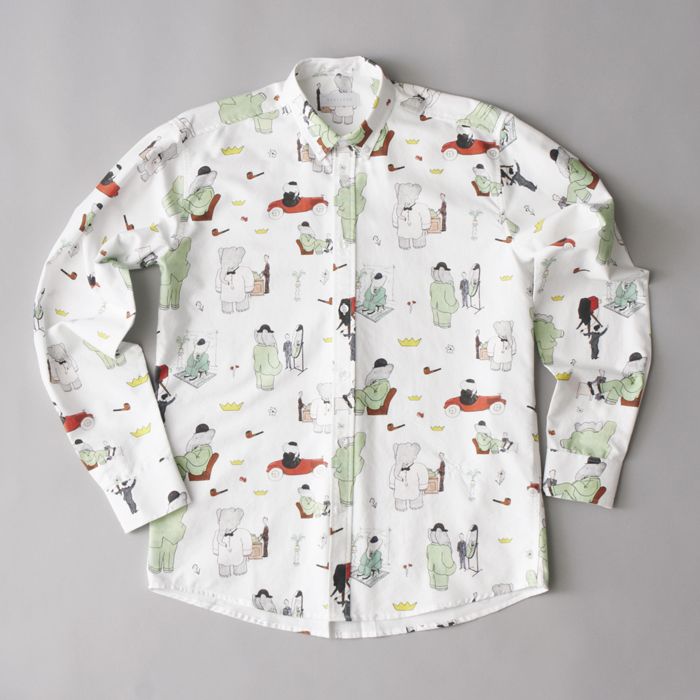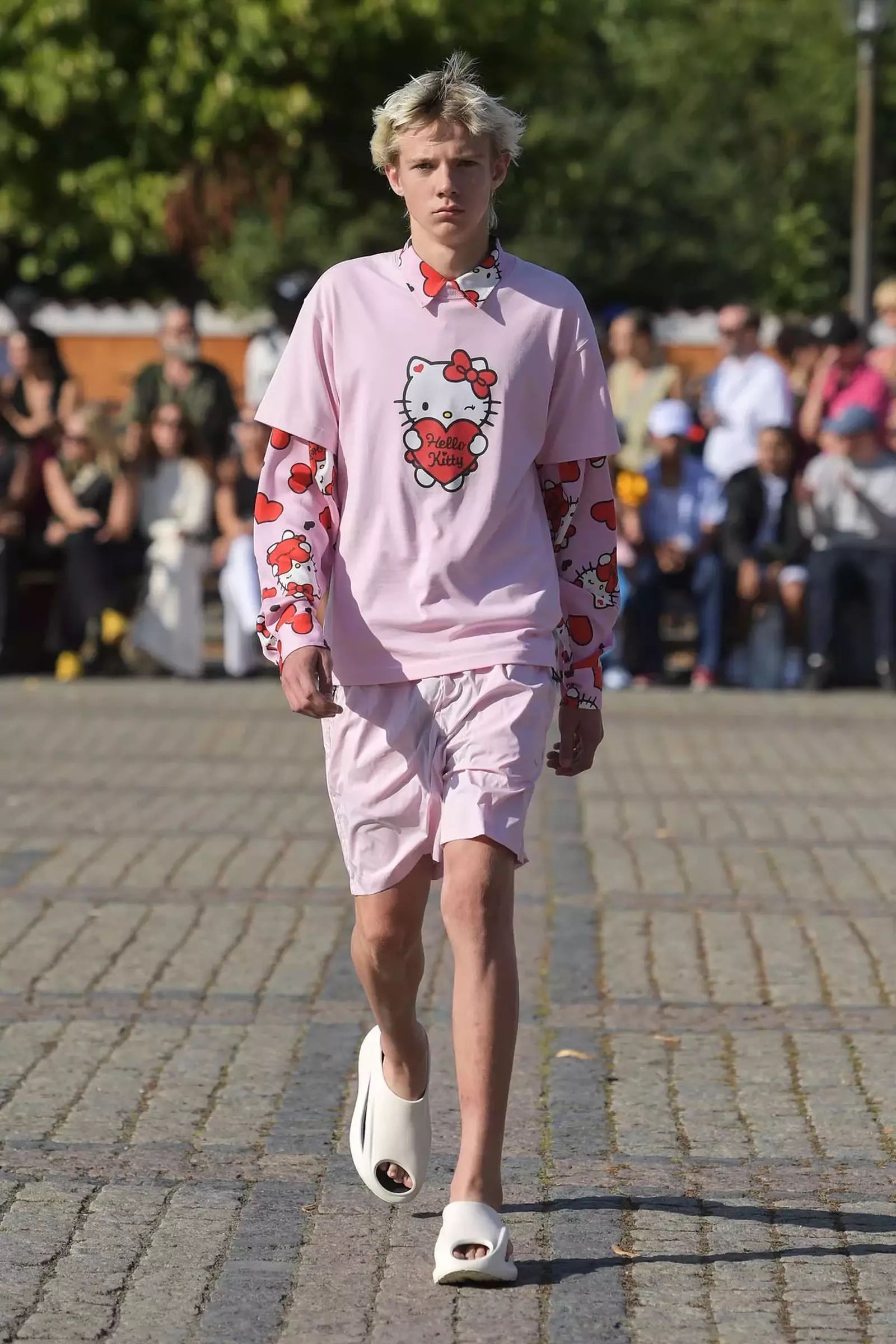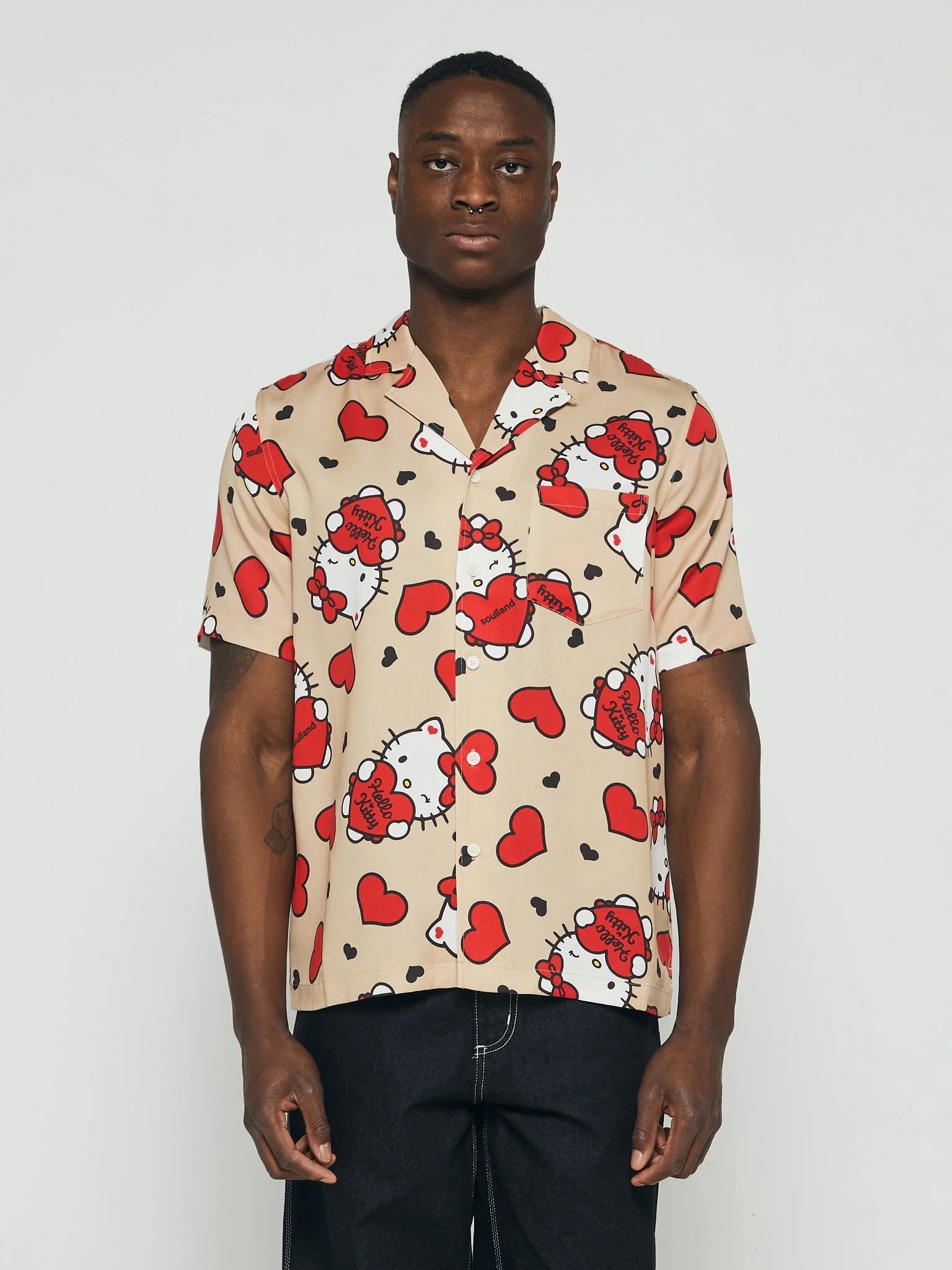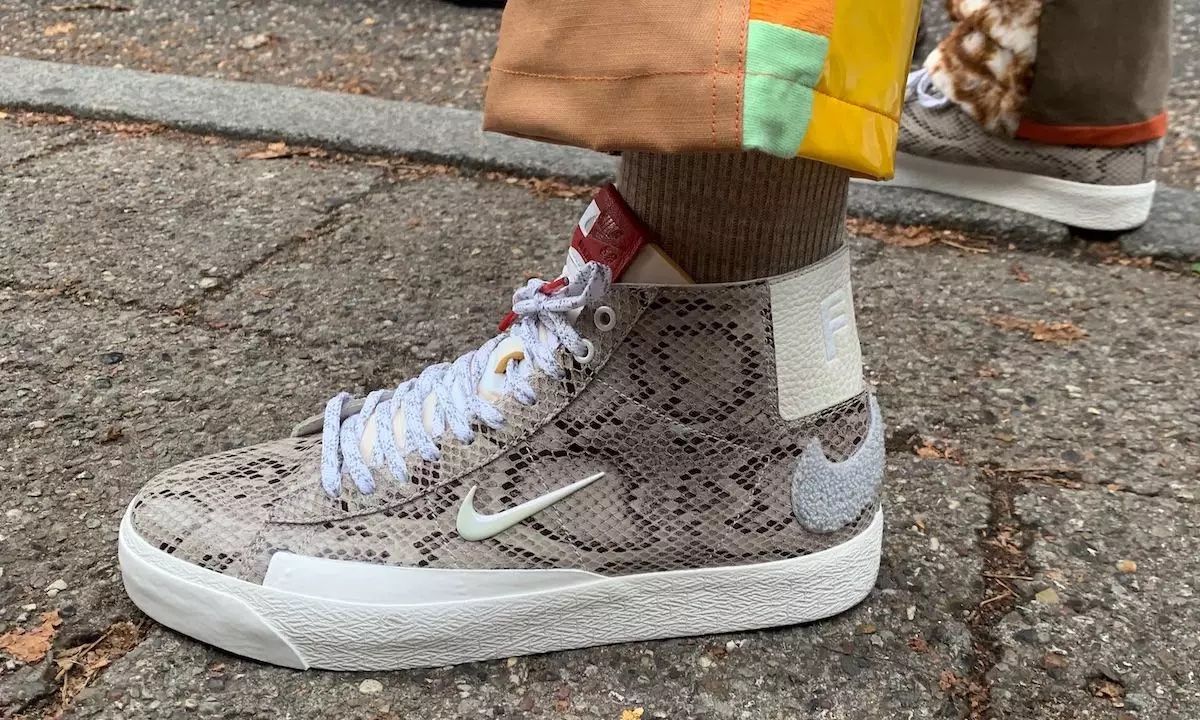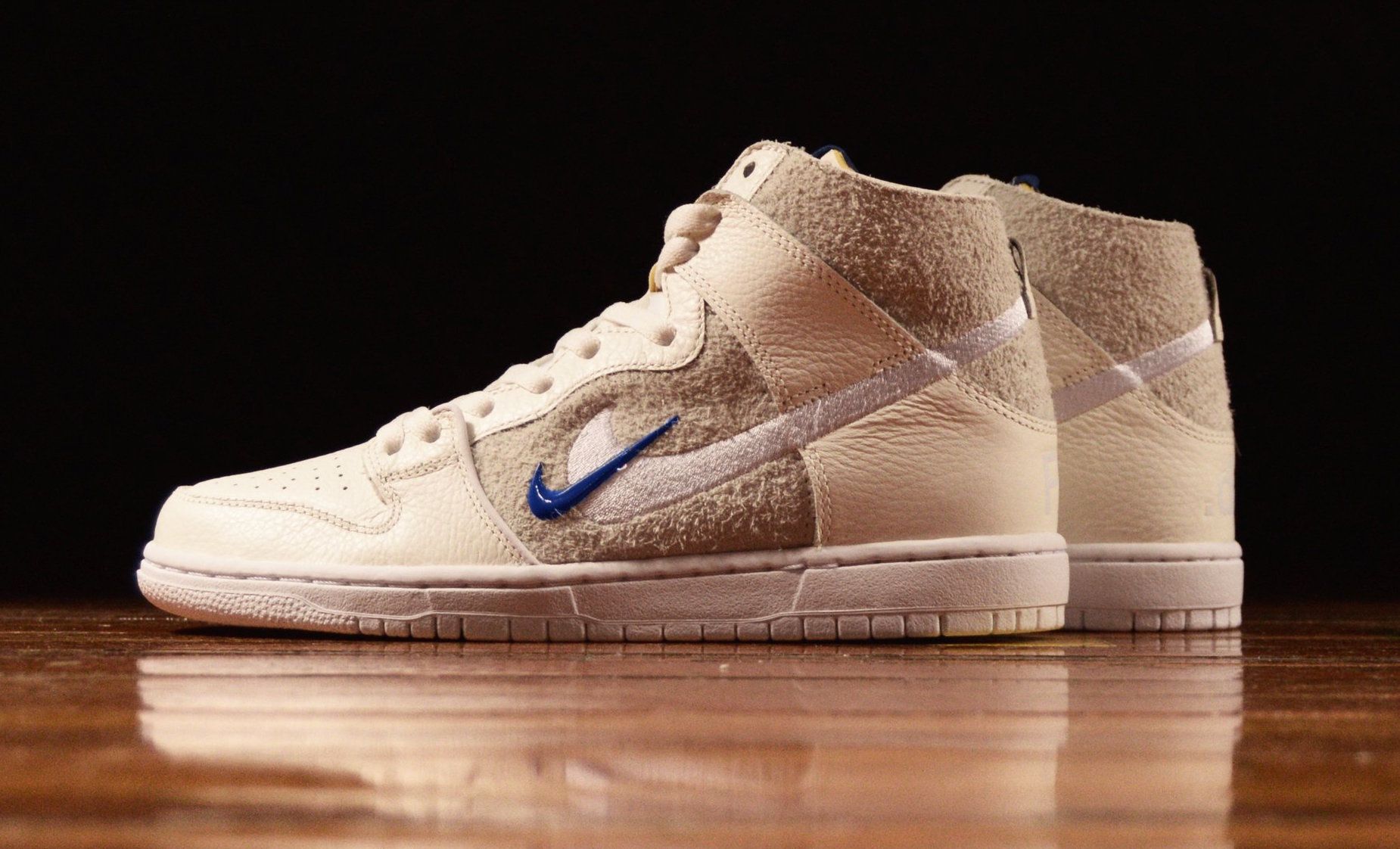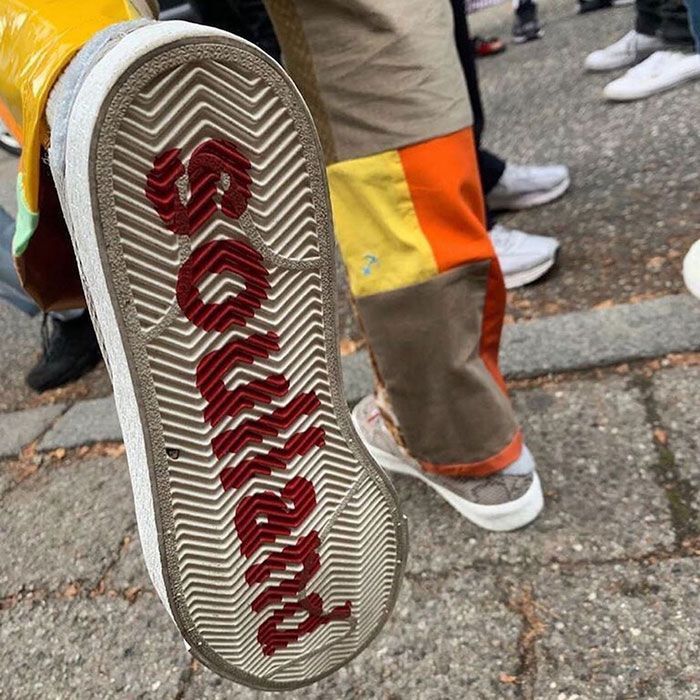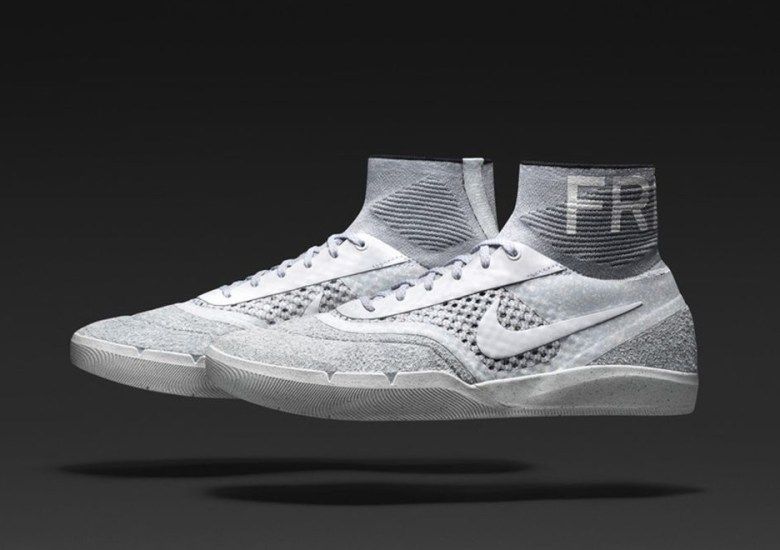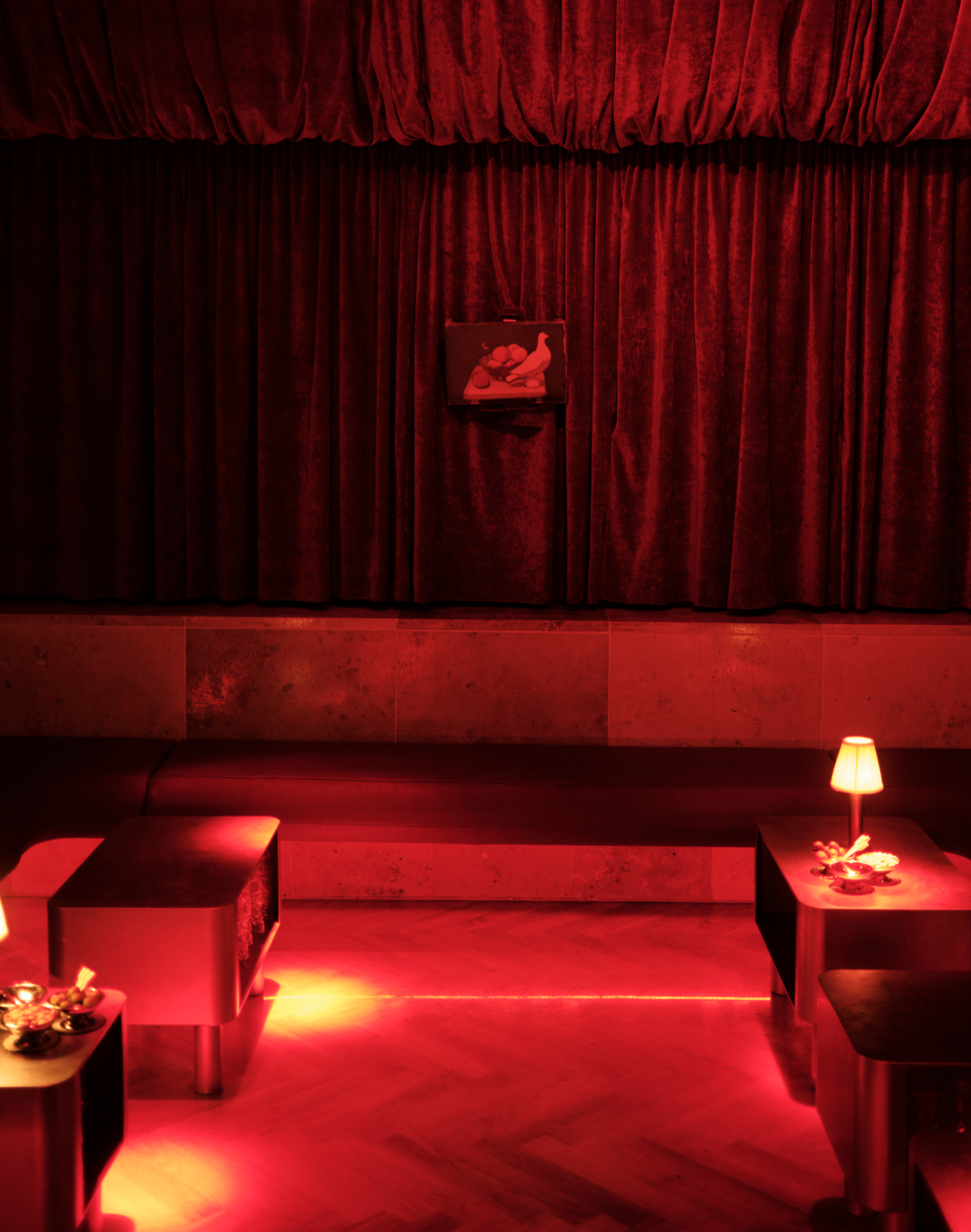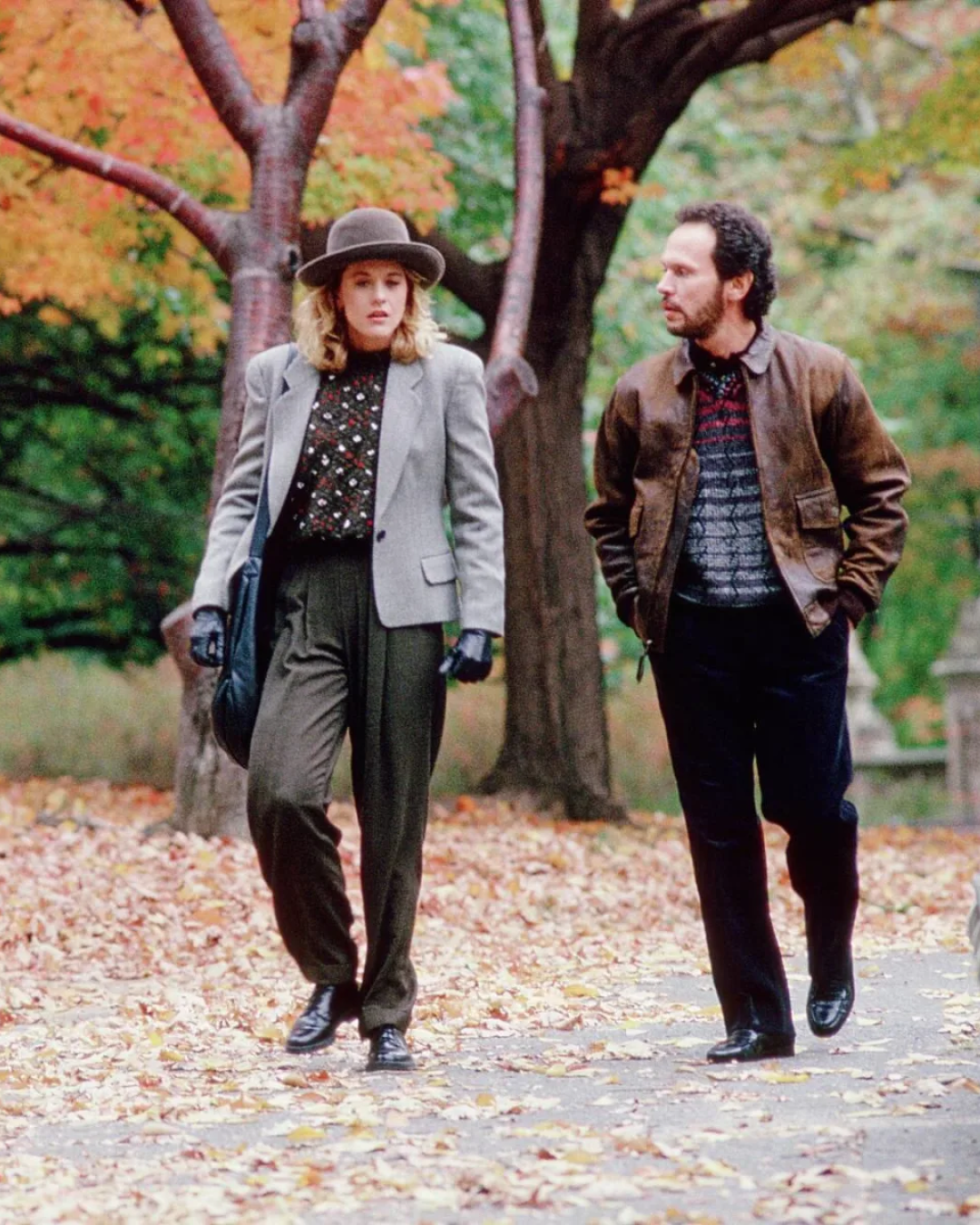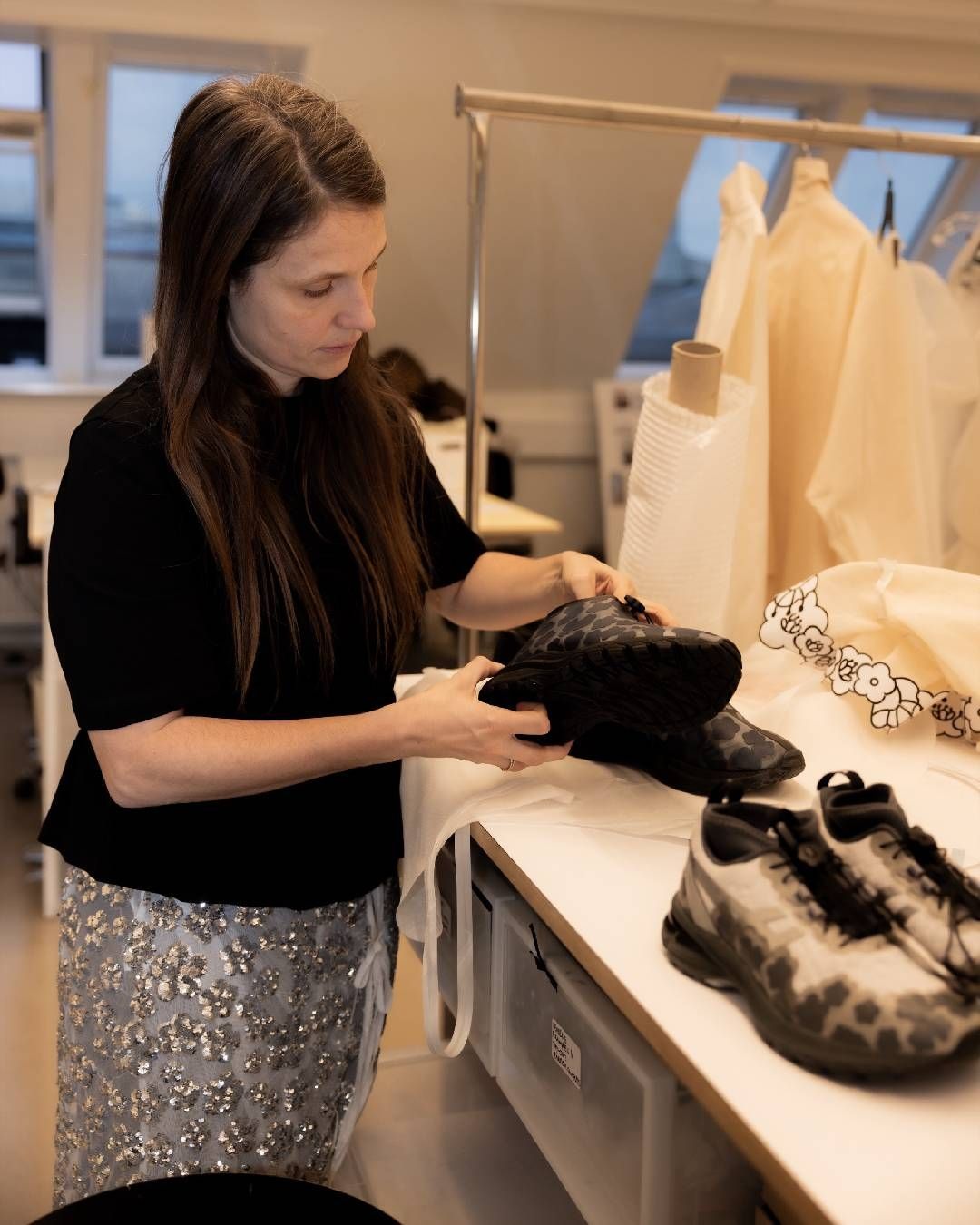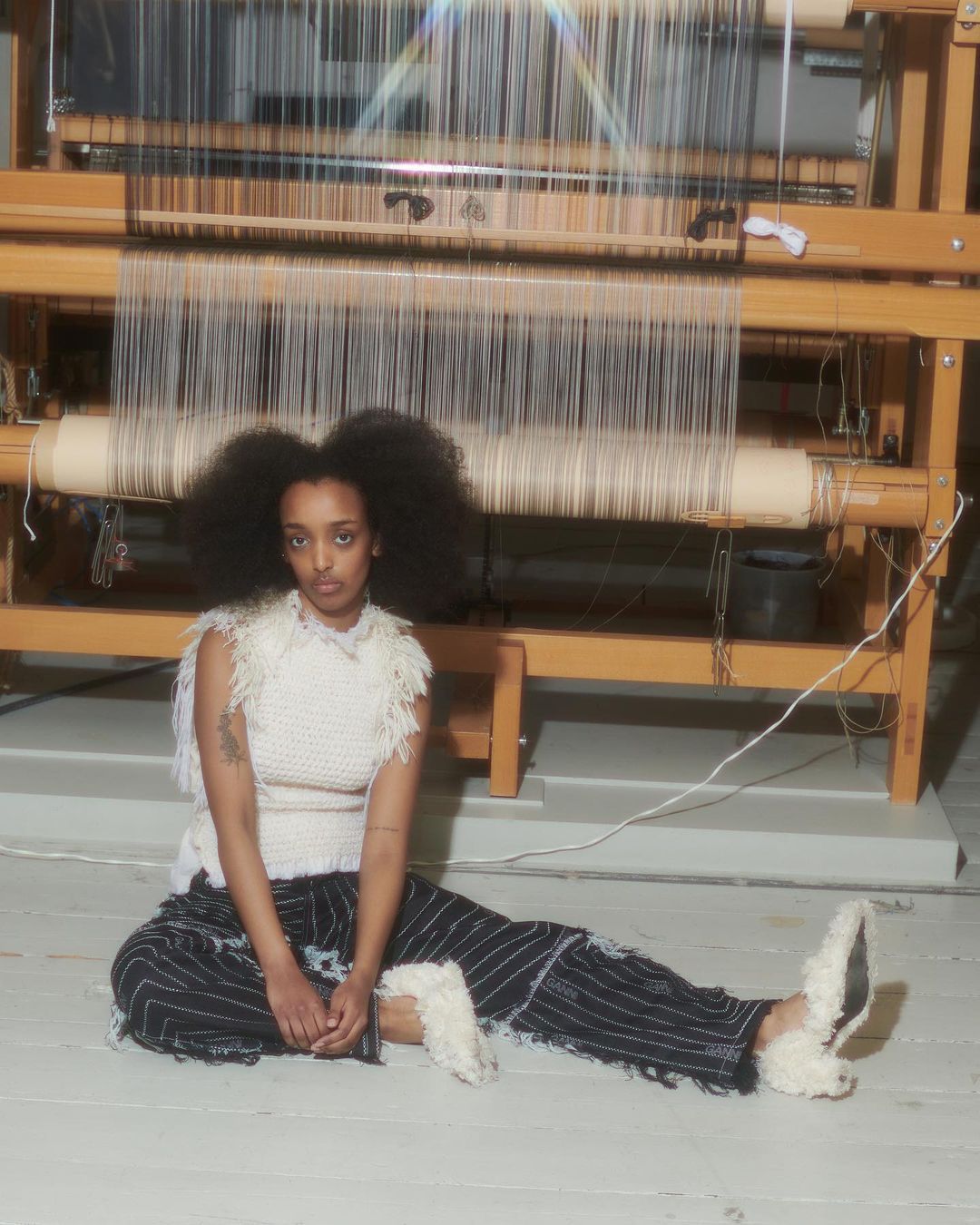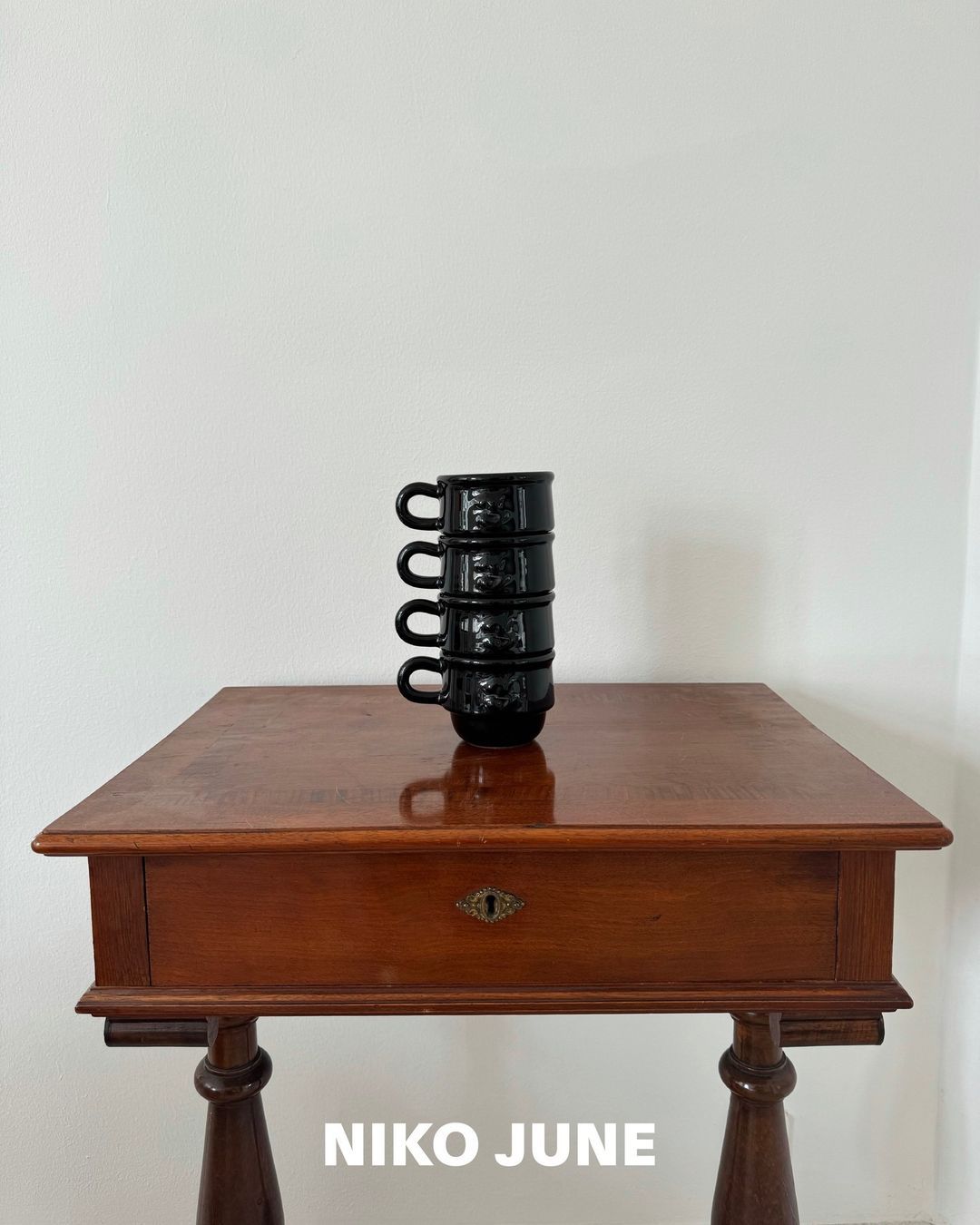
«Culture is life»: interview with Silas Adler of Soulland The secrets behind the rise of the Danish brand according to one of its founders
In a world inundated with clothing brands vying for attention, there exists a rare gem that transcends the ordinary. Soulland, the Danish clothing brand, is not just another product; it is an embodiment of culture. Founder and co-owner, Silas Adler, passionately declared, «Culture is life, constantly changing like the rhythm of existence itself. A brand must evolve, for culture is the organic catalyst that reflects the essence of its time.»
Soulland was founded in 2002 based on Silas's love for skateboarding and has since then progressed to showcase their collections all over Europe and has done countless notorious collaborations with figures like Babar, as well as brands like Nike, and most recently, Hello Kitty. Intrigued by the approach of considering Soulland as a culture, Silas added, «Culture is built on internal structures; within the skateboarding environment, there are certain codes, a specific language, places, and sounds which are linked to the skateboarding culture. These structures exist only within the skateboarding culture and are not accessible to others.» This enables Soulland to be more than just a product, as it is built on these internal structures. The natural response to this was to uncover this culture and explore these internal structures. Silas visualized it by drawing rings on the tables, creating imaginary circles to showcase the rings of culture and envision the depth and layers of culture. The circles represent the culture, with the core being the strongest and the outer part being affected by the internal structure of the core. Silas concluded by adding, «The brands you continue to have an association with are because it's about more than just the product.» My eagerness to conceptualize this culture that Soulland facilitates drove the conversation towards streetwear. Silas explained, «Streetwear is interesting because it is not culture; it is a term used to simplify multiple cultures and make it easier for corporate people outside of the circles of culture to understand, but it is basically just clothes young people wear.» Essentially, by simplifying something, it shows a lack of willingness to understand and the ability to conceptualize the internal structures of different cultures. Silas elaborated further, «If you stand from the outside and observe the culture around A$AP Mob or Palace Skateboards, you would be thinking, what are the actual differences here? It's more convenient just to call it the same thing, streetwear, which is why I always had a hard time using the term streetwear.»
Soulland is an interpretation of Silas and Jacob Kampp Berliner, the co-owner's youth. They draw inspiration from the cultures and inner circles they grew up with: skateboarding, graffiti, and the Wu-Tang Clan. Silas adds that Soulland is their interpretation of what skateboarding and graffiti clothing could also look like; it's not just about whether you can see the direct references, but about the culture. «The way I think about clothes is the same way I think about skateboarding. When looking down the street and I see stairs and rails, I see an opportunity to utilize these in a skate.» This same mentality is applied to Soulland's design process. Silas emphasizes the importance of staying in touch with the culture as he has felt protectionist towards the same culture, which stifled his creativity in skateboarding. «I lost my access to all the creativity because I held it too precious, and it made me look like I did not embrace it.» This same culture enabled the collaboration with Nike and the notorious skater Eric Koston called FRIday, a collaboration built on feeling—a feeling on a Friday late summer in Copenhagen, at 4 pm when the stress of the week releases, and there is nothing to do but skate. Silas explains how collaboration can be utilized to bridge the core of two cultures, visualizing a small glimpse of the internal structures of what these cultures are built upon. «I wanted to do the Hello Kitty collaboration because it was so iconic, which I found very interesting.» However, what they experienced working on the Hello Kitty collaboration was the ability it had to tap into a different culture.
With the newly acquired knowledge collected about culture and Soulland, a natural progression was to move closer towards the center of the culture within Soulland, and in the most corporate manner, Silas was asked, «So what is the core of Soulland?» to which Silas replied, «It is culture.»









































